SUMMARY
This is AI generated summarization, which may have errors. For context, always refer to the full article.
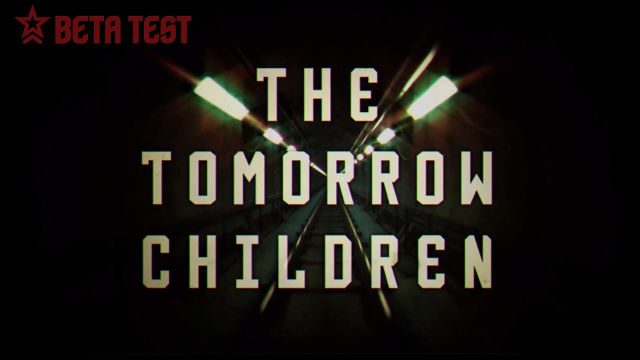
Q-Games’ The Tomorrow Children’s closed beta just ended and I’m still trying to wrap my head around its strangeness.
The Tomorrow Children is a PlayStation 4 game that carries a very Red mix of Minecraft gameplay, Pixar-like animation, and heavy Soviet Russian themes. Perhaps I’m weirded out because its political theme is something I’m not quite used to. But then again, the game’s imagery and mechanics are completely different from many of the popular games we play today.
The asynchronous multiplayer sandbox game is set in a post-apocalyptic world, after the Soviet Union botched a scientific experiment to unify humanity’s consciousness. It led to a catastrophe, wiping out almost everything in the world.
Most of Earth was absorbed into a white shell aptly named The Void. From it, random islands with a wealth of resources would emerge, and people in the form of matryoshka dolls would surface.
The player is a projection clone soldier tasked to save and rebuild humanity from the ground up. To do this the player must build thriving towns, revive said matryoshka dolls, and protect them from monsters called Izvergs.
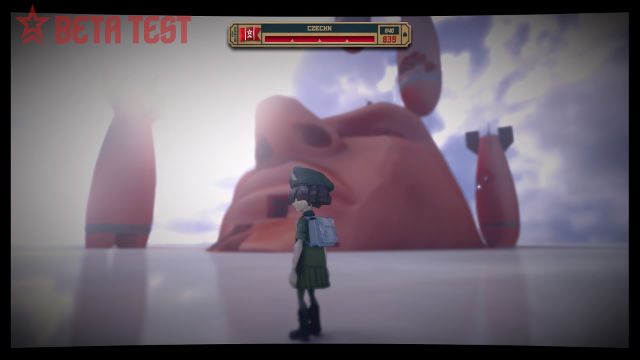
Strange and fascinating
Everything in The Tomorrow Children is odd yet inspiring. The game’s aesthetic is a brilliant combination of the dark, colorful, and whimsical. The white backdrop gives it a minimal and eerie feeling.
There’s a mix of themes in the structure designs of the game. There are structures that seem inspired from how the 80s interpreted the future. There are structures that can be linked to modern day buildings. And there are structures that seem stuck in the past.
Even the textures are a combination of opposites. The larger buildings are smooth, sloping structures. Humans have more obvious, rougher, geometric textures. The glowing monsters or Izvergs, can either have sharp angles or smooth curves. Islands can either look like it came from a fairytale story book or a piece of shock art.
The weird and wonderful blending of all these elements definitely brings out the strange tone and mood of the game perfectly.
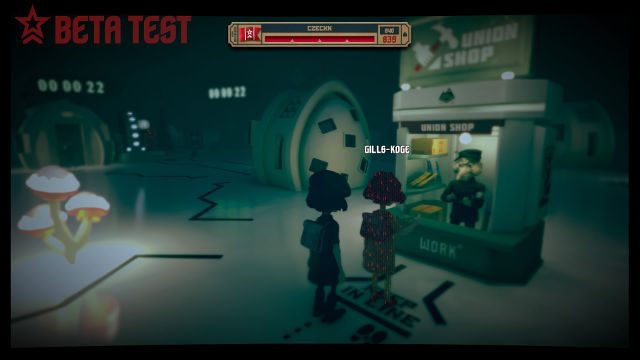
Communism is embedded in the mechanics
While it already looks strange, it is the blatant application of communist themes to its mechanics that separates The Tomorrow Children from many other sandbox games.
Usually, the player works to create a thriving life for his own sake, but in The Tomorrow Children, the player works with others to build a thriving community. There is no significant way to show that you are have a better life than your comrades except for upgraded tools and vehicles. There are no individual rewards that would benefit just yourself.
Even the propaganda that bombards you on an almost minute-to-minute basis tells you that everything you are doing is for the good of “The Motherland.”
In The Tomorrow Children, your labor is rewarded with coupons which you can then use to purchase better tools and weapons for increased productivity and defense, which ultimately benefits everyone.
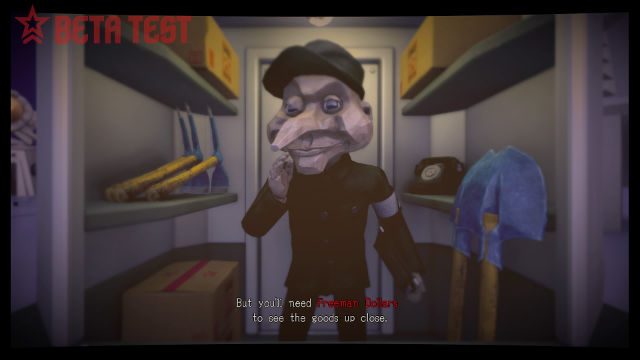
Of course, much like what history has taught us, corruption also exists in communism. There are ways to extradite getting better items without having to do much labor.
If you find currency called “Freemen Dollars,” you can use this to create unofficial transactions with NPCs to get tools and weapon licenses. You can also use this currency to buy items in the Black Market. Even when you die, your revival can be bribed.
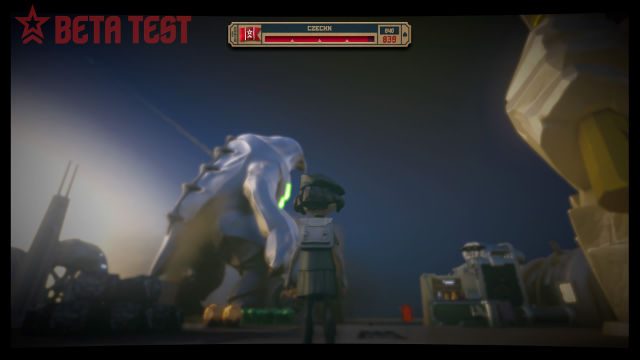
Everyone is affected by each other’s actions
This unique concept of incorporating communism in the gameplay may feel limited at first but it opens up the player to a different kind of experience. The game wants you to focus on productivity, teamwork, and coordination. In the game, players will be working with other players to improve their own towns. You can either work with what’s already assigned to you, or leave to find another town via a subway system.
The town has its own point system, and building/crafting tree. Certain structures can only be unlocked if you build other structures that contribute points to a corresponding category. So if you’re looking to build a weapons shop, you’re going to have to build the right structures first.
It’s easy if you’re doing this on an individual scale. However, since everything in the town is shared, including resources, your weapons shop could be heavily delayed if the others have a different idea of how to expand the town. There has to be some level of understanding among the entire town’s population in order for it to run like a well-oiled machine.
Working together is also important when it comes to defending the town. A myriad of Izvergs wreak havoc on the town more than occasionally. Some of them are rather easy to take down, others will take a couple more than a few rocket launchers to defeat. If an Izverg manages to damage a structure, precious resources must be used to repair them. Otherwise, the destruction of a structure can revert a town’s growth. You can go back to square one from a single Izverg attack if no one helps out.
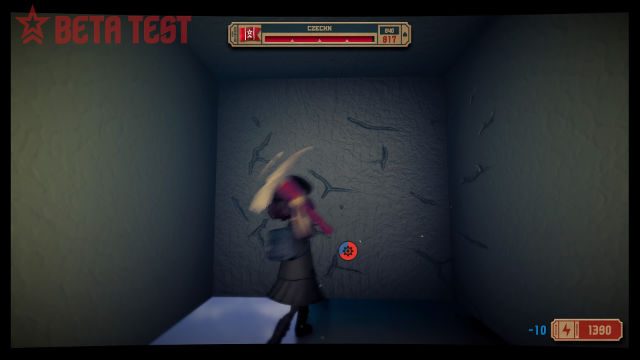
Only the basics are familiar
What isn’t strange about The Tomorrow Children is its Minecraft-like gameplay. Most of the time, you will be mining and harvesting resources in different areas. You will gather wood, coal, metal, crystals, and food. But that’s about the only thing in the game that’s similar to Minecraft.
To start collecting resources, you need to take a bus that will take you to one of the strange islands that has emerged from The Void. There’s also a limit to the items you can collect. At least for the duration of the closed beta, you can only carry three materials at a time and while you can expand your inventory space it’s still quite limited compared to other games. To make things easier, the nearby bus station has an auto-loading system, so you can just drop your items there and the bus will take them back to town and you will still be credited for it.
Setting a small limit to the items you can carry makes sense in a way that it gives everyone the opportunity to participate and do labor. In other games we have a tendency of hoarding materials as it is for our own gain after all, but since the game teaches you the gravity of working together, it’s only right to “regulate” the resources so others can gain experience and be rewarded for their labor.
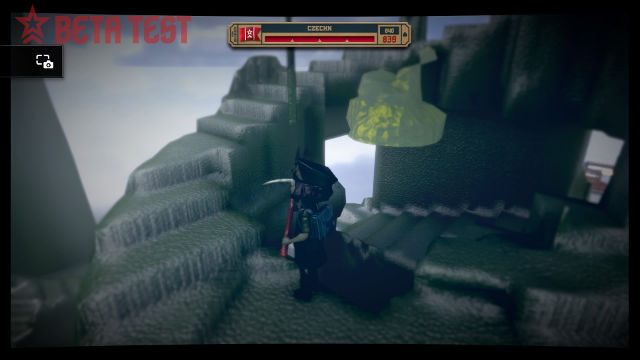
Still needs a bit of fixing
As I have played this on a limited closed beta, there are still a handful of kinks that need fixing for a smoother experience. I haven’t been able to travel to different towns and check out what my fellow players have come up with in the short time that the game ran. More often than not I would be frozen for a few seconds after mining or picking up items.
Speaking with NPCs also feels awkward as the pauses between their sentences are too long. I have sometimes been forced to leave them hanging, never finishing the conversation.
Nonetheless, the awkward and frustrating moments are still forgivable and the team behind The Tomorrow Children have been kind enough to help players out whenever they’re stuck as well.
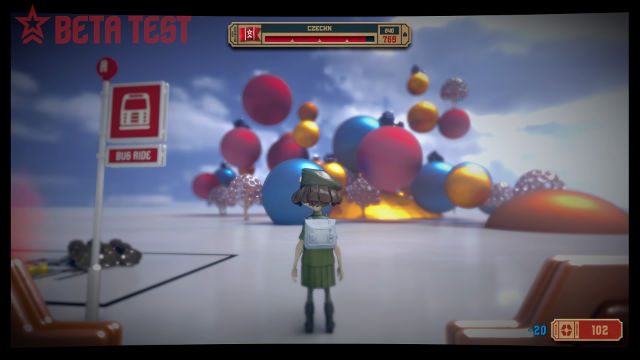
Conclusion
The closed beta version of The Tomorrow Children gave me quite an interesting experience. It’s a game that looks like it’s for kids but warrants the attention of older gamers. It will certainly generate conversations on politics, and will make you ask a couple of questions.
It was disappointing that my time with The Tomorrow Children was limited, but it has left me wanting more. There is still much to be discovered once this is released, and I encourage everyone to give this indie title a chance. – Rappler.com
Add a comment
How does this make you feel?
There are no comments yet. Add your comment to start the conversation.